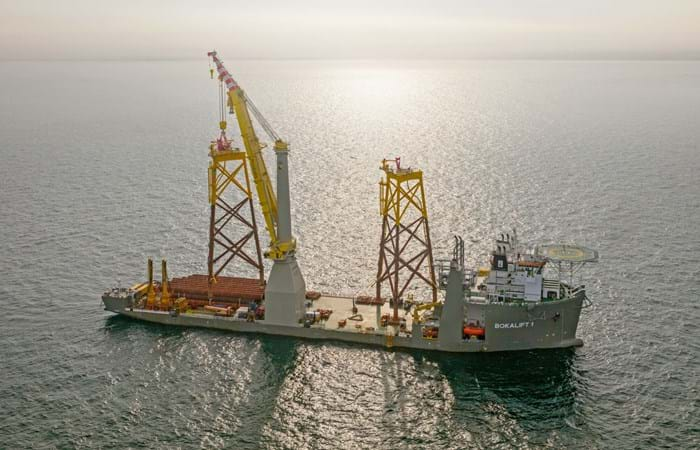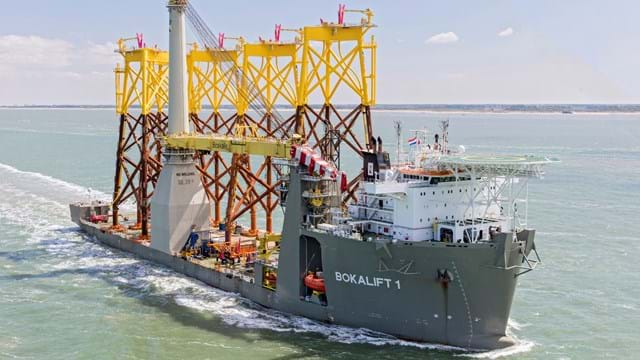Neptune Energy Netherlands B.V. (Neptune) has awarded Boskalis the contract for the removal, transport and load-in of three platforms. These platforms are located in the Dutch North Sea, approximately 90 km west of Terschelling.
The platforms are situated in the L10 field and are named L10-C, L10-D and L10-G. Water depth at the various locations is approximately 26 m. The topsides weighed around 500 tons and the jackets approximately 600 tons. Contractor scope of work is the removal, transport to the dismantling site at Flushing and subsequently offloading to the quayside of three offshore platforms.
During the project execution the world faced the COVID-19 pandemic. With combat plans in hand the project was safely executed safeguarding the health of the complete crew.

